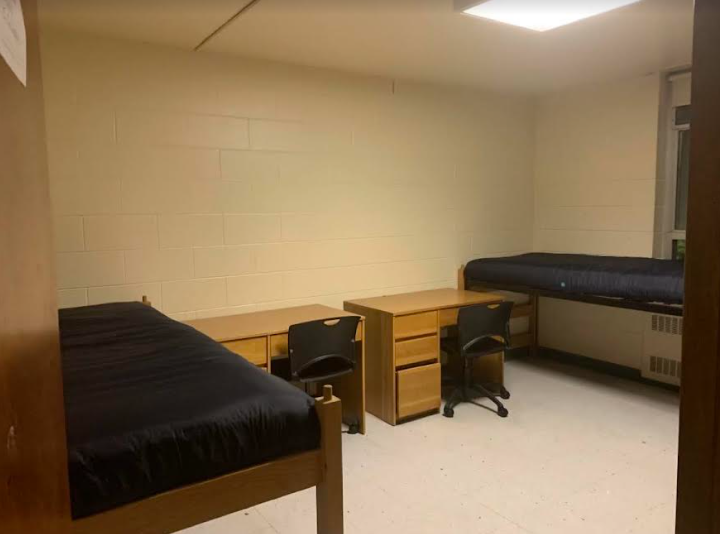Dorming On and Off Campus
For some Woodgrove students who choose to continue their education after high school, finding housing can feel daunting. Former Wolverines give advice for navigating dorm life as well as finding alternative options.
For those opting to live on-campus, many freshmen are required to stay in a dorm. This can help students connect with the college community, give better access to classes and dining halls, and complete the first-year college experience. However, living in close quarters with others, giving up privacy, and high room and board fees can bring challenges.

Woodgrove alumnus Ainsleigh Shipp recommends students choose someone they already know and like as a roommate. “You are quite literally feet away from each other at all times.” Having a familiar or supportive person nearby can help smooth the transition to dorm life.
Living off campus is a great substitute if expenses are an issue. According to the College Tuition Compare website, students who opted to live off campus saved an average of $1,258 in 2023. It also grants more privacy and space, both of which can help with classwork and studying. Although financial benefits and different freedoms can be helpful, living off campus does have its downsides: losing a feeling of community, adding a commute, and the additional responsibility of leasing a space.
Former Woodgrove student Drew Oliver, who lives off campus, states, “I’m learning what it’s like to live on my own while also still being a college student.”
While finding the best environment for one’s individual preferences is important, no matter how you decide to live during college, all options are suitable for those looking to further their education.

Your donation will support the student journalists of Woodgrove High School. Your contribution will allow us to purchase equipment, attend conferences, and cover our annual printing and website hosting costs.












